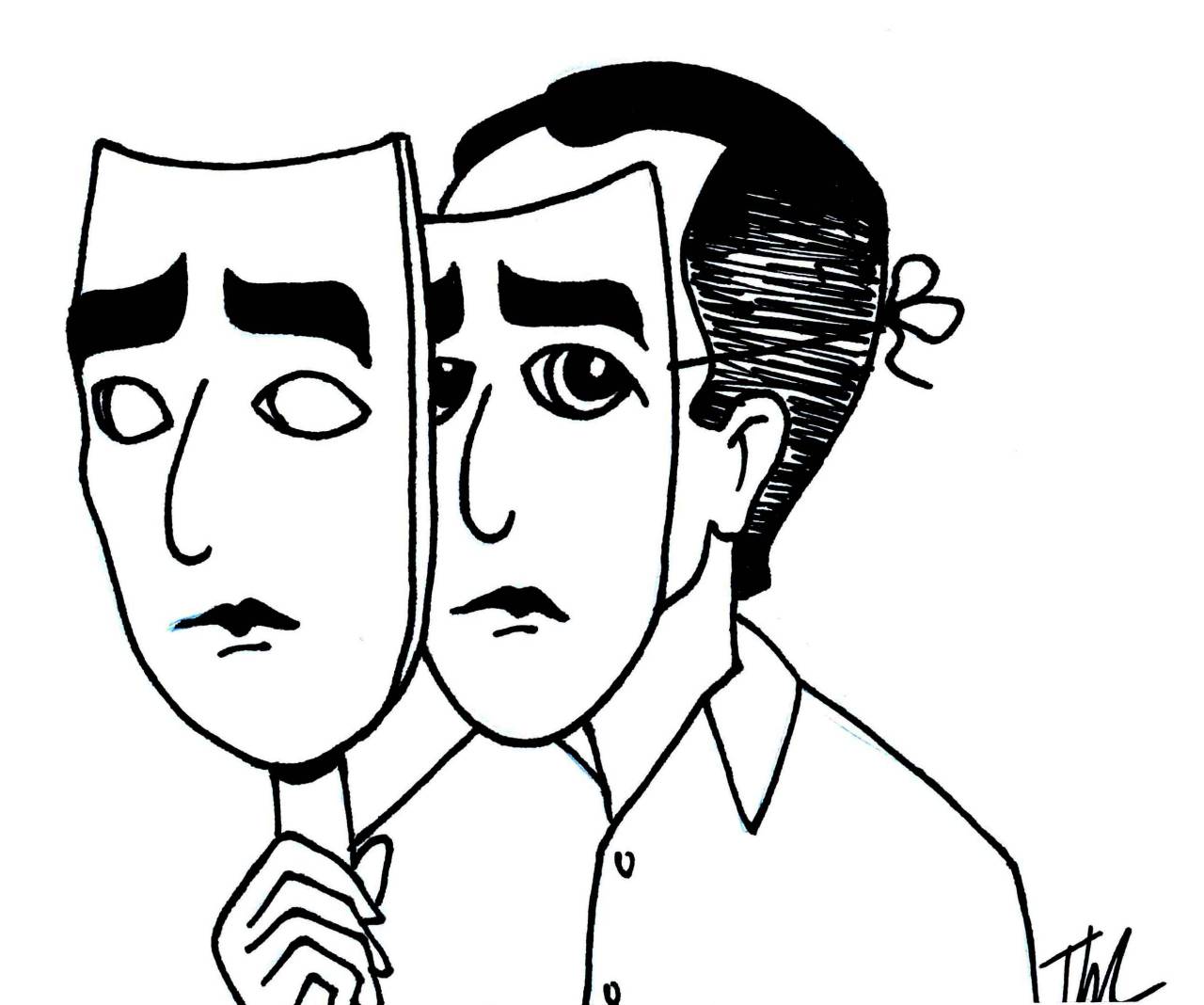Between black and white Exploring the “Biracial” ExperiencePosted in Articles, Identity Development/Psychology, Media Archive, United States on 2016-01-23 21:33Z by Steven |
Between black and white Exploring the “Biracial” Experience
Race and Society
Volume 1, Issue 2, 1998
pages 197–212
DOI: 10.1016/S1090-9524(99)80044-8
Kerry A. Rockquemore
Public debate surrounding the 2000 Census has focused on the addition of a multi-racial category. Advocates of this change assume that persons of mixed-race parentage identify as “biracial” or “mixed” and will continue to do so if given the opportunity on government documents. The assumption that most individuals with one Black and one White parent identify as biracial implies that “biracial” identity has a singular meaning. This paper challenges that assumption by asking two questions: (1) what does “biracial” mean to individuals within this population and (2) what social factors may lead to differences in the way these individuals interpret their racial identity. Data from in-depth interviews is used to draw a descriptive map of the multiple ways individuals understand and respond to their biracial-ness. A conceptual model is presented which explores how physical appearance and socio-economic status affect access to different types of social networks and the way that race is socially constructed and experienced within those networks.
Read or purchase the article here.

